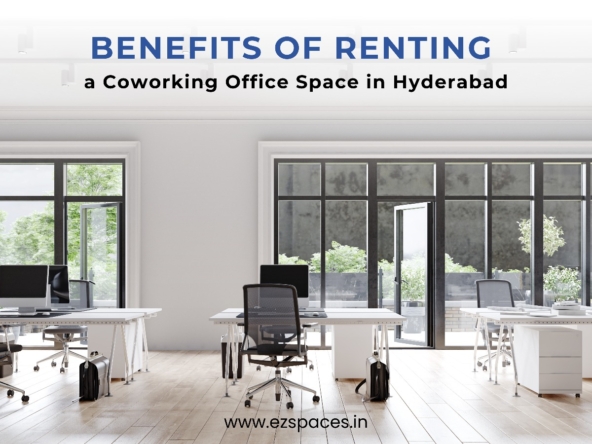The modern workplace is in a state of flux, with the demand for office space changing along with it. Businesses and individuals are now faced with two main options when it comes to choosing an office space: traditional office spaces (owned or rented) and new-generation co-working spaces. In this blog, we will compare and contrast these two options, outlining the advantages and disadvantages of each type of space.
Traditional Office Spaces: Owned and Rented:
Traditional office spaces, whether owned or rented, have been the staple of the business world for many years. Owned office spaces provide a sense of stability and permanence, while rented office spaces offer greater flexibility. These spaces typically offer separate rooms for different functions, such as private offices, conference rooms, and reception areas.
- Advantages:
Owned office spaces provide stability and permanence
Separate rooms offer privacy and quiet
Traditional office spaces are often located in established business districts
- Disadvantages:
Owning an office space requires a significant upfront investment
Traditional office spaces may lack the energy and collaborative atmosphere of co-working spaces
New Generation Co-Working Spaces
Co-working spaces offer a more flexible and dynamic working environment. They are designed for individuals and businesses seeking a collaborative and adaptive work environment. Co-working spaces often offer a range of spaces, from private offices to open workstations, to cater to different working styles.
- Advantages:
Co-working spaces provide a flexible and dynamic working environment
They are often more affordable than traditional office spaces, with short-term rental options available
Co-working spaces offer opportunities to network and collaborate with like-minded professionals
- Disadvantages:
Co-working spaces may lack privacy and quiet compared to traditional office spaces
They may not be as well-equipped, especially in terms of meeting and conference rooms
Co-working spaces may not be located in established business districts
In conclusion, the choice between traditional office spaces and new-generation co-working spaces will depend on the specific needs and preferences of a business or individual. Both types of spaces have their advantages and disadvantages, and the key is to weigh these factors carefully when making a decision. As the demands of the modern workplace continue to evolve, it’s likely that a blend of both options will emerge as the future of office space.



